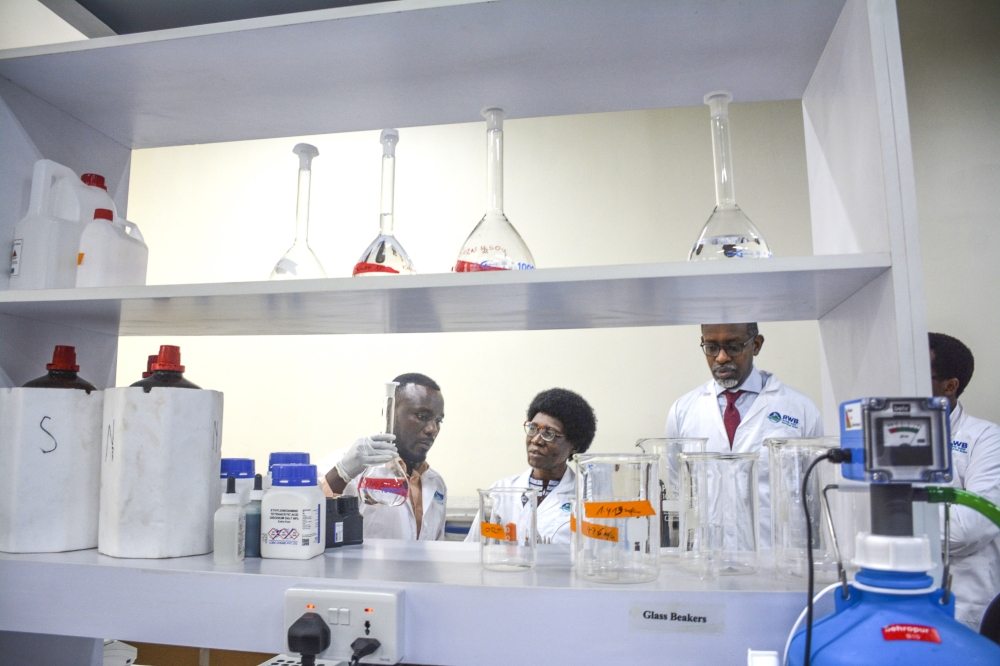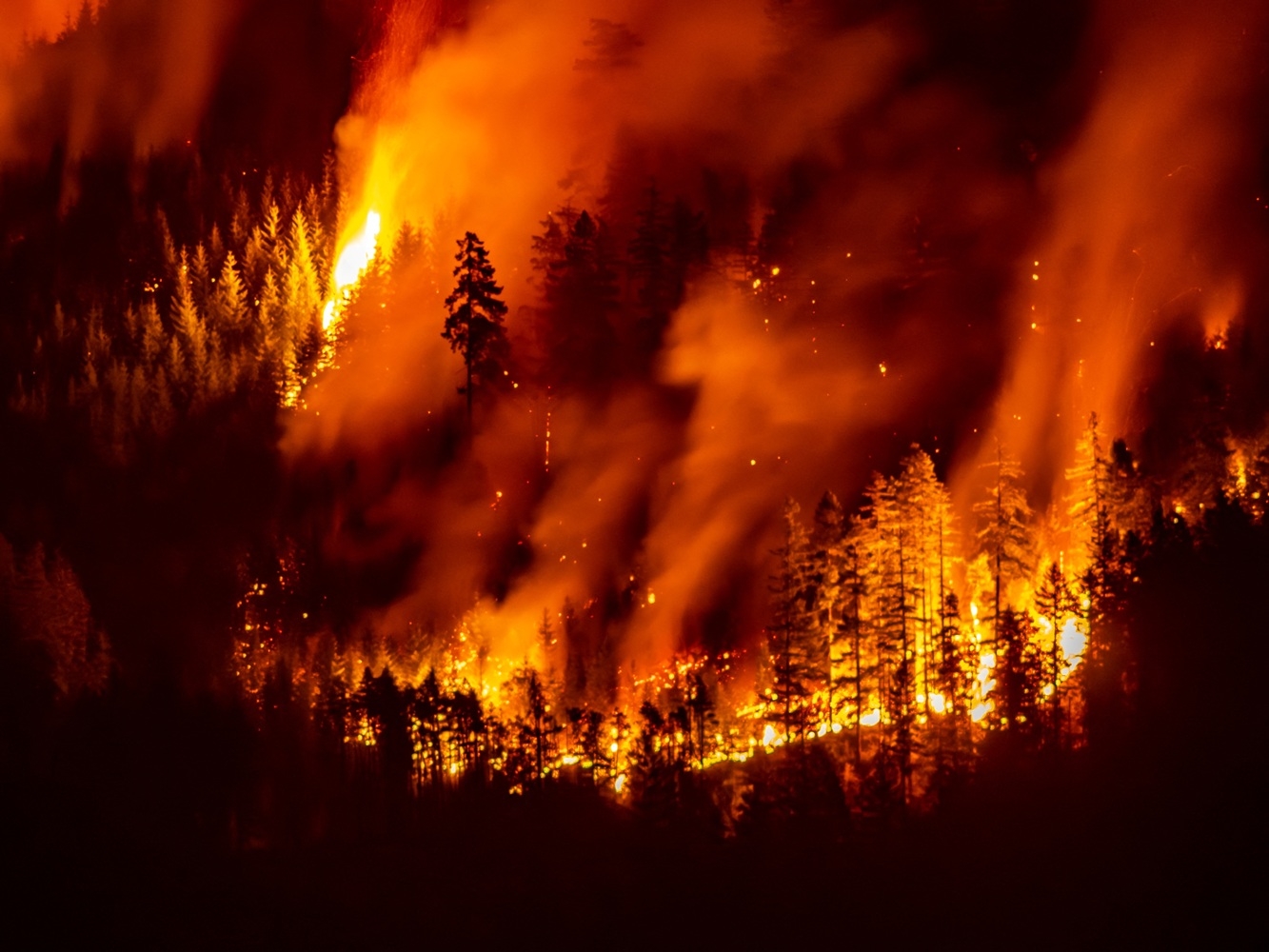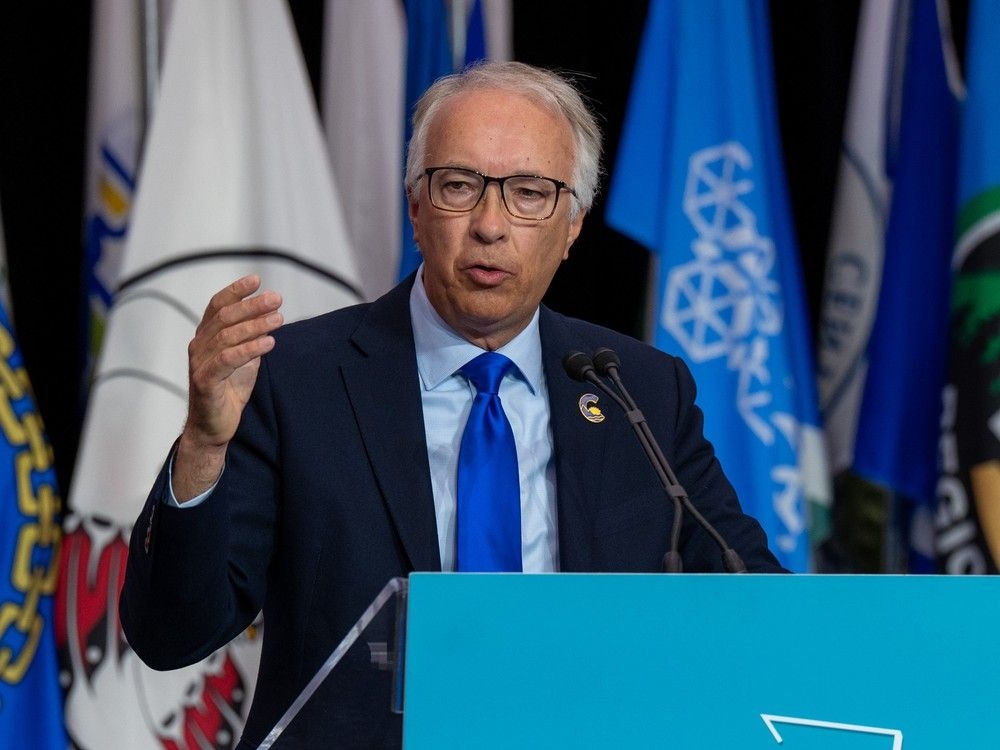Four new water quality monitoring stations equipped with pollution-detecting sensors have been installed on the Akagera and Akanyaru rivers, the Rwanda Water Resources Board (RWB) has announced.
The move is part of a regional effort to strengthen water quality monitoring across the Nile Basin. The Akagera River forms part of the Nile’s upper headwaters and is the largest tributary of Lake Victoria, while the Akanyaru, which originates in the highlands of Rwanda and Burundi is the main tributary of the Nyabarongo River, which feeds into the Akagera.
ALSO READ: Govt to roll out flood monitors countrywide
The update was shared on October 20, 2025, as the Nile Basin Initiative (NBI) handed over laboratory equipment and four water quality sensors to Rwanda. The NBI, an intergovernmental partnership of nine Nile Basin countries, aims to promote sustainable and equitable use of the basin’s shared resources.
Rwanda, located in the southwestern part of the Nile Basin, holds about five billion cubic metres of water resources. The newly installed equipment will enhance Rwanda’s national water quality monitoring system and foster regional cooperation on transboundary water management.
The installation is part of the Nile Cooperation for Climate Resilience (NCCR) Project, funded by the World Bank through the Cooperation in International Waters in Africa (CIWA) Trust Fund.
ALSO READ: Unpacking Nile basin investment benefits for regional countries
The project, with an allocation of $1.2 million, supports improved water quality monitoring systems in nine Nile Basin countries.
According to Eng. Richard Nyirishema, Executive Chairperson of RWB, reliable water quality data is vital for protecting ecosystems, ensuring sustainable water management, and safeguarding millions of livelihoods that depend on the Nile Basin.
The equipment, valued at $139,000, includes microbiology kits, a laboratory refrigerator, field test kits such as Ekman grab samplers, portable meters, and a metalyser.
ICT tools, including desktop computers and a laptop, will support data management.
ALSO READ: Six dams to help cope with climate quirks
The four sensors measure temperature, conductivity, turbidity, and other pollution indicators.
Real-time pollution tracking
Remy Norbert Duhuze, Manager of the Water Monitoring and Quality Control Division at RWB, said the installed stations transmit water quality data every ten minutes. Each sensor, equipped with a SIM card, automatically sends real-time data to a central database for decision-makers.
“The stations provide continuous data to laboratories and also monitor flood levels,” Duhuze said, adding that the system supports national planning for water-related projects.
He identified household and industrial waste, soil erosion, and mining activities as the main sources of water pollution in Rwanda. “The water we use becomes wastewater and, if untreated, pollutes rivers. We need stronger interventions to combat soil erosion,” he noted.
ALSO READ: Explainer: How Kigali’s flood monitors will work
While the four new monitoring stations are strategically located, Duhuze acknowledged that more are needed. “We will continue to expand the network as additional resources are mobilised,” he said.
Regional collaboration for cleaner waters
Florence Grace Adongo, Executive Director of the Nile Basin Initiative, said most previous projects focused on hydrology and infrastructure, with limited attention to water quality. She warned that pollution threatens the basin’s already scarce water resources.
“Even if water is physically available, it becomes unusable when polluted. These new tools will help countries build a shared database, collect vital data, and attract additional donor support,” she said.
Adongo added that the project supports data sharing and joint monitoring across Nile Basin states, enabling experts to identify pollution sources, assess water quality trends, and coordinate regional responses.
“We are also working to establish a basin-wide database and modelling system to trace pollution sources,” she said. “Eventually, a national water quality laboratory in Rwanda will support evidence-based decision-making.”
Jacqueline Nyirakamana, Chair of the Nile Technical Advisory Committee in Rwanda’s Ministry of Environment, said the new equipment will strengthen the country’s capacity to manage water quality, protect wetlands and lakes, and advance integrated water resources management.
“This laboratory and field equipment enhance our ability to monitor and respond to water quality challenges effectively, ensuring the health of our rivers and wetlands, and protecting the livelihoods that depend on them,” she said.
According to Jean Namugize, a regional water quality expert, 39 monitoring stations—six advanced and 33 basic—have so far been established across the Nile Basin, including four in Rwanda.






